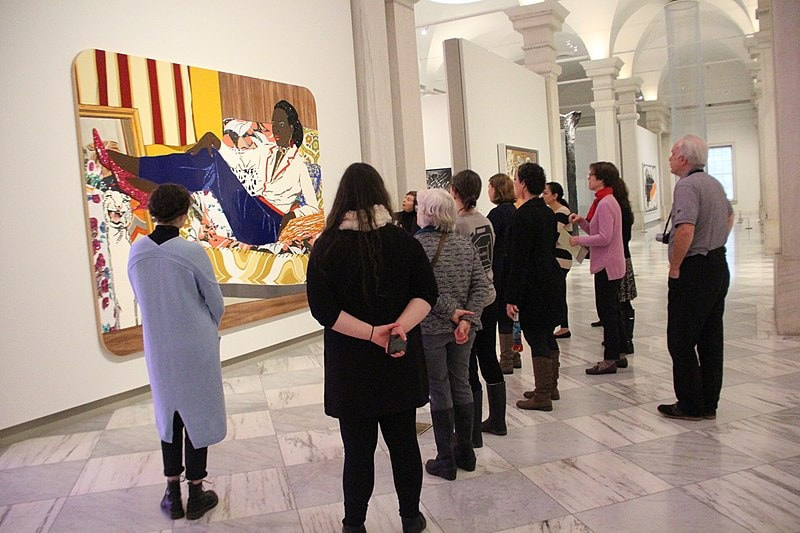Frieze Fair Is Focusing on Women Artists in Its Upcoming Exhibition – ‘Social Work’In 2017, Frieze London presented Sex Work:
Radical Art & Feminist Politics, a show that presented the work of radical feminist artists from the 1960’s and 70’s who had been censured during their career. This year the Frieze Fair will be tackling another controversial feminist theme with Social Work, which will focus on the extraordinary contribution of female artists during the 1980’s. More than making a statement on gender inequality in the arts, the fair will celebrate the work of powerful women artists by giving them the exhibition space they had been denied in the past. For so many years the art world was largely dominated by male artists with contributions made by female artists relegated to the sidelines. Even prominent artists like Jenny Holzer and Cindy Sherman had to find alternative spaces to show their works. The all-female curatorial panel for the upcoming show includes Iwona Blaznick, current director of the Whitechapel Art Gallery, as well as other luminaries of the international art world: Jennifer Higgie (Editorial Director, frieze), Melanie Keen, Polly Staple, Sally Tallant (Director, Liverpool Biennial of Contemporary Art), Fatos Ustek, Zoe Whitley, Lydia Yee, Katrina Brown, Louisa Buck and Amira Gad (Exhibitions Curator, Serpentine Galleries). Breaking Rules in The 1980’sThe 1980’s was a decade that demonstrated a return to painting especially by male artists. The exhibition “A New Spirit in Painting” held in 1981 at the Royal Academy in London was an all-male affair that reflected the fact that female artists of the time were finding it hard to compete for exhibition space. This despite the fact that many female artists were challenging the boundaries of contemporary art, moving into multimedia, performance and video art. While male artists were returning to neo-classicism their female compatriots were exploring the future, challenging the status quo and embracing activism in their art, but still they had no room in the traditional exhibition spaces, and they were unlikely to be able to survive solely as artists. Has Anything Changed? While exhibitions and shows like Social Work and Sex Work do much to celebrate the contributions of female artists often ignored by mainstream media and galleries, there is still a disparity between the numbers of male and female artists being shown today. Marijke Steedman of the Freelands Foundation noted that only 22% of solo shows presented by London galleries were by female artists, which is a dip in numbers of around 8% compared to 2016. There is an even stronger decline in the numbers of women artists represented by top London galleries. In 2017, only around 28% of artists represented by galleries in London were female, another drop since 2016 of a whopping 29%. The Frieze Fair doesn’t seek to redress the issue by replaying the past, but to celebrate and bring to the fore the contributions of female artists, largely forgotten, often ignored by the major galleries during the 1980’s. .
0 Comments
Leave a Reply. |


 RSS Feed
RSS Feed
